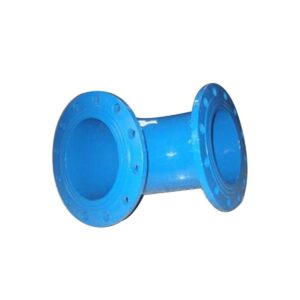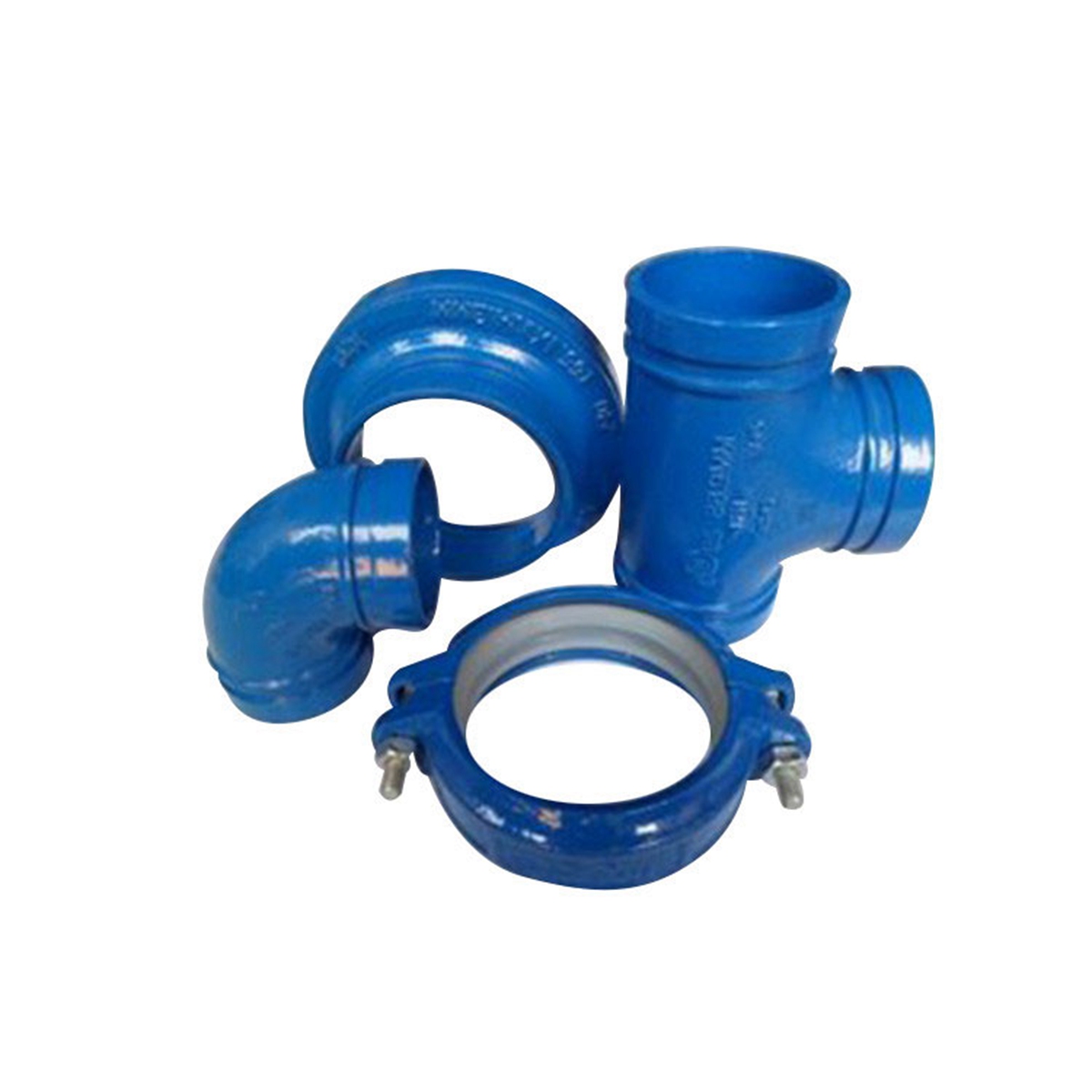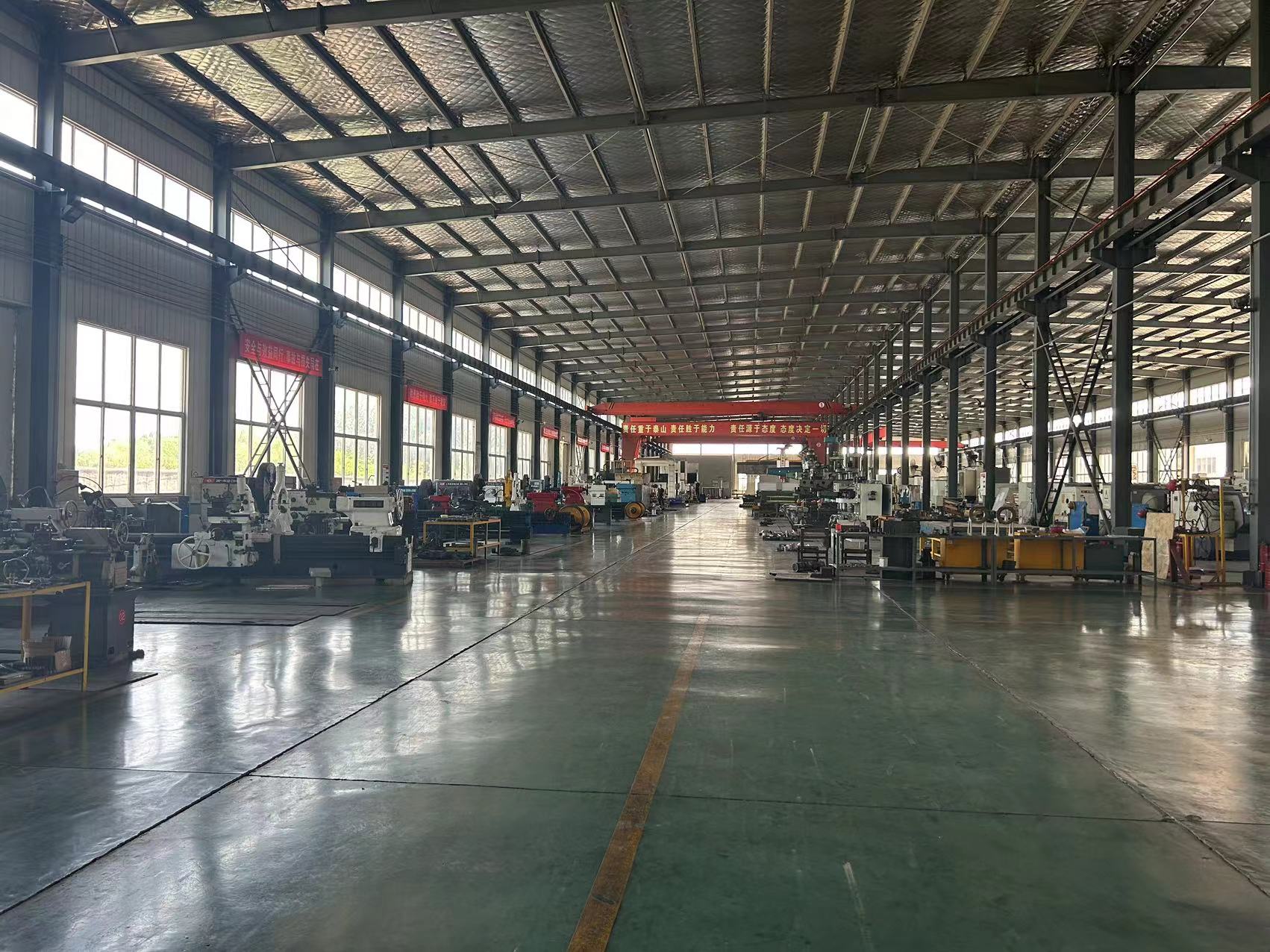
Powder coat application, as opposed to traditional liquid coating, is achieved through a multi-step process. The steps of the powder coating process typically include:
Powder Preparation
The polymer, hardneners, colorants, and other additives are blended together in a mixer. This mixture is then extruded, hardened, and then converted into small pieces, which are then milled into a uniform, flour-like fine powder.
Surface Preparation
The surface receiving the powder coat is cleaned and prepped by removing dirt, oils, and other contaminants. This may involve sandblasting, chemical degreasing, or other mechanical and chemical methods on a metal surface to ensure the surface is prepared for coating. It is essential to remove any contaminants to ensure a clean, smooth application.
Powder Application
The dry powder is applied to the surface, typically using a specialized spray gun that electrostatically charges the powder particles. The charged particles are attracted to the grounded surface and form a thin, even coat. A variety of nozzles help cater the powder coating process to unique part shapes, and in some instances the spray gun is replaced with a fluidized powder bed for commercial powder coating volumes.
Curing
Once the powder has been applied, the surface is then cured by heating it to a high temperature, typically between 350 and 400 degrees Fahrenheit. This fuses the powder into a smooth, durable finish. Newer powder coating blends allow for UV curing, which hardens the powder coat in just a few minutes at lower temperatures using ultraviolet light. This method is suitable for a variety of heat-sensitive materials and is also more energy and time efficient.
Quality Control
After the curing process, the coated surface is inspected to ensure that the coating is smooth and even, and that there are no defects or imperfections. Any necessary repairs or touch-ups are made at this stage.
It’s important to note that these steps may vary slightly depending on the specific application and the type of powder being used. The specifications for each step will also depend on the specific requirements of the project, such as the type of surface being coated, the desired thickness of the coating, and the intended use of the finished product.





